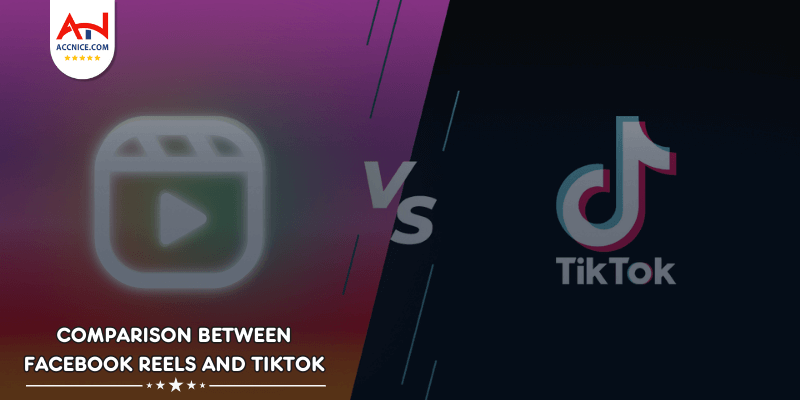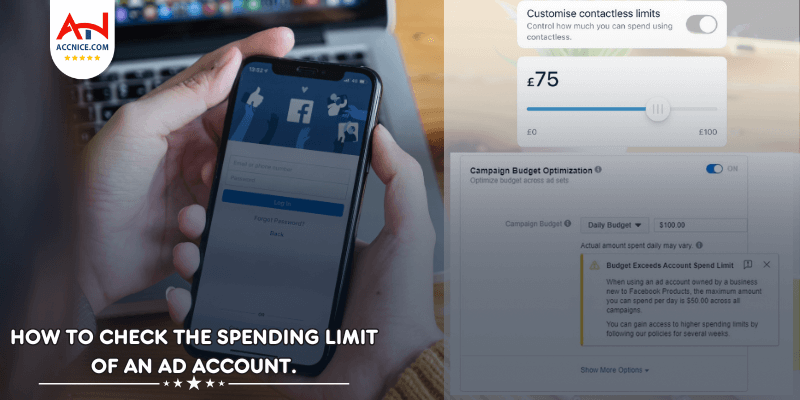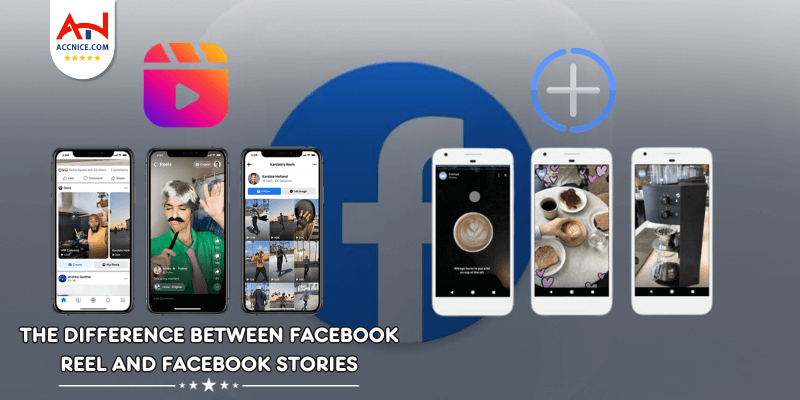
In the realm of short-form video content, Facebook Reels and TikTok are two of the most prominent platforms. While they share some similarities, there are also distinct differences that set them apart. Understanding these can help content creators and marketers decide where to focus their efforts. This article of Accnice will compare and contrast Facebook Reels and TikTok, examining their unique features, advantages, and limitations.
Both platforms are centered around short-form video content, typically ranging from 15 seconds to 3 minutes. This format is conducive to quick, engaging storytelling and caters to the decreasing attention spans of online audiences.
Both Reels and TikTok offer a suite of editing tools, effects, and filters, along with a music library to enhance the video creation process. These features allow users to create high-quality, engaging content with relative ease.
Algorithm-Driven Discovery
Both platforms use sophisticated algorithms to recommend videos to users. This means that even users with a small number of followers can achieve wide visibility if their content resonates with the audience.
.png)
Facebook Reels is a feature within the larger Facebook ecosystem, which includes a wide range of content types like posts, stories, and live videos. TikTok is a standalone app focused solely on short-form video content.
TikTok has a predominantly younger audience, with a significant portion of its user base being Gen Z. Facebook, while also popular with younger users, has a more diverse age range, including a substantial number of older users.
On Facebook, Reels can be integrated into a user’s profile and remain discoverable over time. TikTok videos, while they can also have longevity, are more driven by immediate trends and viral potential.

Due to Facebook's massive and diverse user base, Reels can potentially reach a wider and more varied audience, including different age groups and demographics.
Being part of the larger Facebook platform, Reels benefit from the network's robust social features, allowing for greater interaction and engagement within the user's existing social network.
TikTok’s audience is highly engaged and active, often spending more time on the app compared to other social media platforms, which can lead to higher engagement rates for content.
TikTok is known for being a trendsetter in terms of viral content and cultural phenomena. It's often the birthplace of new trends, particularly among younger audiences.
Competition with Other Content
Reels must compete with a variety of other content types on Facebook, which can sometimes limit their visibility and engagement.
Less Trend-Centric
Compared to TikTok, Facebook Reels may not be as tightly integrated with current trends and viral challenges, which can impact their popularity among younger users.
Demographic Limitation
Its user base skews heavily towards Gen Z, which might limit the reach for content targeted at older demographics.
Content Discoverability Challenges
Due to the sheer volume of content and the focus on trending topics, it can be challenging for new creators to get their content noticed without tapping into current trends.
Conclusion:
Both Facebook Reels and TikTok offer unique opportunities and challenges for content creators. While they share similarities in content format and creative tools, they differ in audience demographics, platform dynamics, and content longevity. Understanding these differences is crucial for creators and marketers to tailor their content strategy effectively and make the most of each platform's strengths. Whether you choose Facebook Reels for its broad, diverse audience and integrated social experience, or TikTok for its highly engaged user base and trendsetting potential, both platforms offer valuable avenues for creative expression and audience engagement.




















